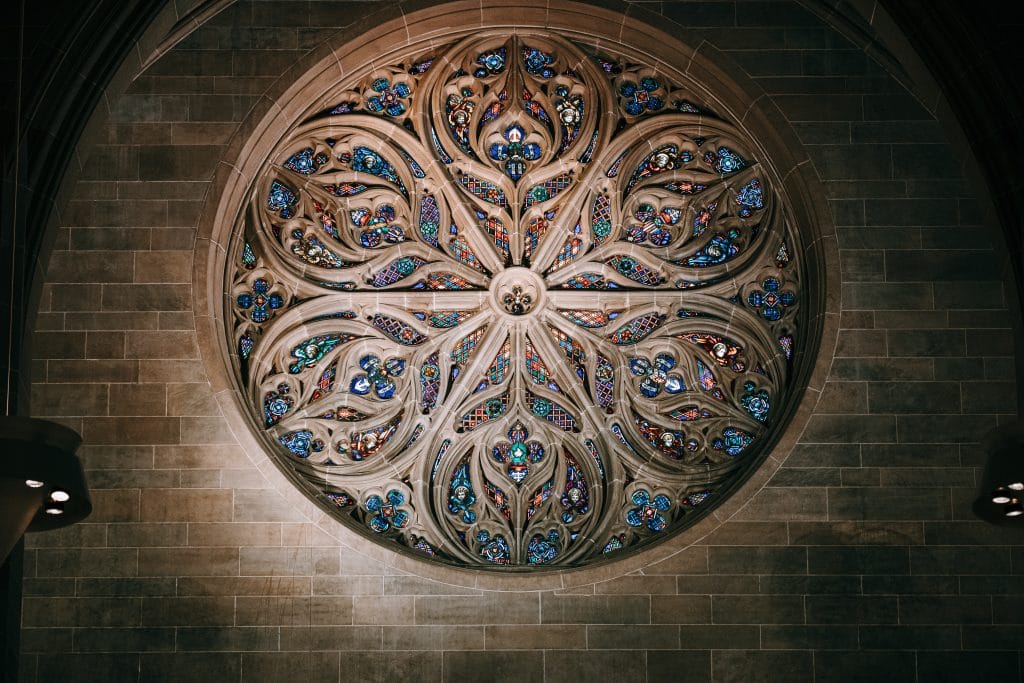At the start of a meeting, I will often ask the person I’m with: “Would you mind if we begin with prayer?” I have yet to have anyone refuse.
The person instinctually bows their head, closes their eyes and then … silence. It is often a long silence. They will eventually look up and, with terror in their eyes, ask: “You mean you want me to offer the prayer?”
Even the most seasoned disciple can surrender the task of prayer to a so-called authority. We create limits in our prayer experiences because we often feel inadequate in knowing how to pray. Maybe we believe we are not as experienced as we should be with prayer, or we feel uncomfortable with the intimacy of prayer.
Because the Lord loves us so much and wants us to be connected to him, we should never be intimidated by prayer, nor should we limit ourselves to certain types of prayer. In fact, we should challenge ourselves to experiment with new forms of prayer as a way to deepen our faith life.
Real prayer lifts our minds, hearts and bodies to God. God is in all things true and beautiful and good. Real art reflects this and can enrich our souls. Yet many of us would never think of praying with art. Why not?
The prayer of ‘divine seeing’
Human beings created artistic cave paintings more than 30,000 years ago, and scholars hypothesize that these images convey a spiritual meaning surrounding the importance and success of the caveman’s hunt. If we crack open any art history text, it will be dominated by religious subject matter. The Roman Catholic Church’s role and support of the arts throughout the development of Western civilization cannot be underestimated. The importance of art to convey spirituality has existed since the dawn of civilization. Arguably, art and religious expression are inseparable.
Lectio Divina (Latin for “divine reading”) is a tradition that dates to the third century. It is the practice of reading Scripture, meditating on it and contemplating its meaning. We have no problem understanding it as a valid form of prayer. But what about Visio Divina? This is the prayer of “divine seeing.” It is allowing God to speak to us in a multisensory way through art and images. The visual arts can offer some of the richest and most satisfying prayer experiences by engaging more of our senses.
Here’s what to do
How does one pray Visio Divina? First, find an image that strikes you. It can be something overtly religious, or it can be something more abstract. Stretch yourself. Pick something that is unfamiliar — an icon, something from another culture, contemporary art, images of nature, etc.
Next, prepare your heart for prayer. Be quiet. Close your eyes, breathe, clear your mind, let your spirit catch up with your body and ask God to enter this time of prayer with you. Ask him to speak to you through this image. State to him your intention. What do you want or hope for right now?
Give the experience your full attention. Allow the image to speak to your heart. Look over the entire thing and focus on the part of the image that draws you in. Is there a figure, shape, color or texture that calls to you in a special way? Gaze upon just that part of the image for a minute or two. Then close your eyes, still seeing that part of the image in your mind. Notice your reaction. What do you hear God whispering into your heart? What thoughts or questions are raised by this image? What feelings or desires do you notice? What could they reveal about God and your life? Continue to gaze and reflect long beyond what feels comfortable. Close and rest your eyes if needed. Pray through the image. As you look upon the image, respond to God. Open to him the words, images, emotions, questions and thoughts that are on your heart. Don’t judge yourself; just speak to God as you would your dearest friend.
Now, reflect and be with him. Rest in God’s presence. As you close out your time in prayer, express your gratitude. How is God asking you to take this experience into your life? Journal about your experience. Hopefully your time has been a joint communication of love!
Why try Visio Divina?
Several years ago, I entered our cathedral and noticed a lone individual who was crying. Concerned, I asked him if he was all right. He choked out the words: “It is so beautiful.” He never looked at me but continued to gaze up at the rose window.
As I glanced up at a stunning piece of art I had looked at a thousand times before, I too was taken aback. It might have been the time of year or the time of day, but the sun burst through the stained glass in such a way that it made it appear as if the window were on fire. We both stood there speechless, soaking in the details of the cherubs and colors as they were animated by the sunlight. This experience allowed me to enter a conversation with God that I would not otherwise have had.
Visio Divina invites us to see all there is to see, exploring the entirety of an image. It challenges us to see more deeply, beyond first and second impressions, beyond our initial judgments or understandings. It invites us to be seen, addressed, surprised and transformed by God, who is never limited to or tied to any image but speaks through them. As St. John Paul II said, “The proof of God is beauty.”
